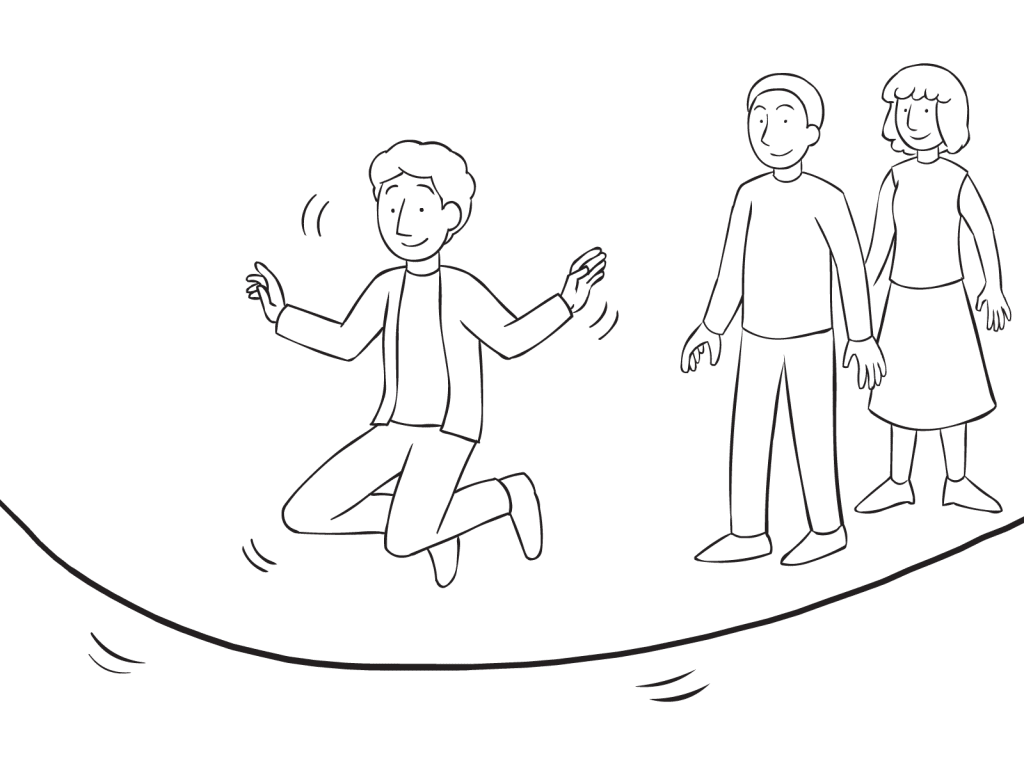Save to Playlist
Step-by-Step Instructions
Resources Premium
How To Play Narrative Premium
Practical Leadership Tips Premium
Social-Emotional Learning Premium
Health & Wellness Programming Premium
Popular Variations Premium
You Might Also Like... Premium
Useful Framing Ideas Premium
Reflection Tips & Strategies Premium
Source Premium

No Props No Problem
Brand NEW book featuring 150+ outrageously fun group games & activities. Scan QR codes to connect to tons of digital content including video tutorials.
Add to Cart
NEW – No Props No Problem
The best-selling book featuring 150+ outrageously fun group games & activities. Scan QR codes to access exclusive digital content including video tutorials.

Free Ice-Breakers & Group Games
Ten of the best no-prop, interactive ‘get-to-know-you’ games & activities. 100% fun, your group will love ’em. Our most successful giveaway, 10,000+ downloads so far…
Top Ten Icebreakers & Group Games
Download our free 28-page ebook jam-packed with outrageously fun activity ideas.
Just one more question:
I am interested in…
Choose a plan that’s right for you
We offer a range of membership plans with no surprises.
Click an option below & discover our simple pricing.

Individual
Click here if you’re a:
- Teacher
- Corporate trainer
- Outdoor educator
- Camp leader
- Youth leader
- Conference organiser
- Therapist/counsellor
Membership Plans

Enterprise
Click here if you represent a:
- School
- Corporation
- Community-based Organisation
Explore plans for
10, 50, 200 or more
potential users
Membership Plans






I have a further development to share regarding this game. After the group has gone under the rope (Stage 1) and over the rope to the other side (Stage 2), my 3rd stage is as follows:
The task is now against the clock.
Your objective as a team is for every team member to pass under the rope and then over it, as it is being rotated, in the fastest possible time.
If there is a rotation without anyone passing across, that’s OK, you may continue, it’ll just take more time.
The people holding and rotating the rope must also pass through, i.e., they must be replaced by other team members.
The timer starts when the first person passes to the other side. It stops when everyone has crossed both under the rope, then over it.
You find many different solutions to this task – running under on one side of the turnstile and jumping over on the other side. However, the most very extremely fastest solution is for everyone to line up along the rope, have it swung over their heads and all jumping it at the same time. Of course… don’t forget the rope swingers. They, too, must make the crossing – if you, dear facilitator, should choose so!)
Please note: Rope rotators (ropetators?) should be given instruction regarding their role. They are not intended to make the task harder than it already is. They should rotate the rope slowly and loosely so that a fair amount of it hits the ground on every turn – thus reducing the chance of anyone tripping over it.
One other safety instruction. If there is a hint that anyone could trip and fall, the rope holders must simply let go of the rope and let it fall. That attempt will be restarted. This should be communicated to all the group members, not just to the holders of the rope.
Awesome stuff Neil. I think I have seen this variation elsewhere and I’m so glad you have shared it here. I too concur with the advice re the “ropetators” dropping the rope at the first sign of tripping trouble.